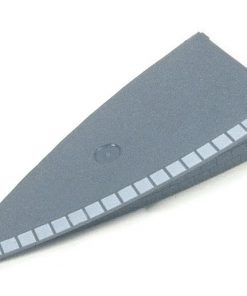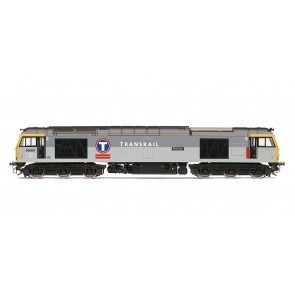BR 4-6-0 Thompson B1 Class
£147.99
The LNER 4-6-0 Class B was Edward Thomson’s standardised, two cylinder, answer to the GWR’s Hall Class and the LMS Stanier Black Five
Out of stock
The LNER 4-6-0 Class B was Edward Thomson’s standardised, two cylinder, mixed traffic answer to the GWR’s Hall Class and the LMS Stanier Black Five, designed at a time of even greater austerity for the company.
With Nigel Gresley’s sudden death on April 5, 1941, Thomson was promoted to post of Chief Mechanical Engineer and immediately set about standardising locomotive design, a programme that has divided opinion amongst enthusiasts ever since. The Class B design satisfied the LNER’s (and the nation’s) wartime requirement for a cheap, easy to maintain locomotive and by the time that the first locomotive, 8301 Springbok, entered service, the class had been re-designated as B1.
Intended to replace all of the LNER’s 4-6-0s (excluding those replaced by the Pacific Class), all of the heavy 4-4-0s, the D11s, the D49s, the passenger Atlantics, the K2, the K3s, the L6s, the J39s and other high speed 0-6-0s, the result was the most of these replacements were achieved, testament to become his most successful design, with 410 being built under LNER and British Rail.
Existing patterns, jigs and tools were used in the construction of the B1, as well as the Diagram 100A boiler from the B17, with minor adjustments to the grate area and boiler pressure, being used. With the addition of the K2 Class cylinders and the V2’s coupled wheels, the result was a powerful engine with great starting power and good hill climbing characteristics, making it ideal for use right across the LNER network.
The order for the first ten locomotives went to Darlington, 8310 Springbok being completed in December 1942 and entering traffic on the 19th. The next locomotive off the line would not be completed until June 1943, with the last of the initial order batch being finished during the middle of 1944. Before Thompson retired in mid-1946, orders for a further 300 locomotives had been placed with outside builders at the Vulcan Foundry and North British Locomotives in Glasgow. Further orders continued under the new CME, Arthur Peppercorn and also under the newly nationalised British Railways; in total Darlington built 60 locomotives, Gorton 10, Vulcan Foundry 50 and North British Locomotive 290.
Not every locomotive received a nameplate, the first ten locomotives from Darlington were named after African antelopes, partly to celebrate Jan Smuts’ wartime visit to Britain and Darlington continued this theme with their next order of thirty. One of North British Locomotive’s engines was named Roedeer to give a Scottish version, whilst nineteen were allocated the names of members of the LNER’s Board at Nationalisation. One further locomotives, Mayflower, was named by British Railways in July 1951.
Built by North British Locomotive Company under Order L963, the largest single order for locomotives ever placed by the LNER, 61310 entered traffic on April 19, 1948. Initially allocated to Ardsley Shed, the locomotive was briefly allocated to 37B Copley Hill on February 18, 1951, before returning to Ardsley in the first week of 1952. After serving for just under 17 years on the network, 61310 was sold to A. Draper of Hull for scrap in May 1965.
| Weight | 0.575 kg |
|---|
Related products
Hornby











